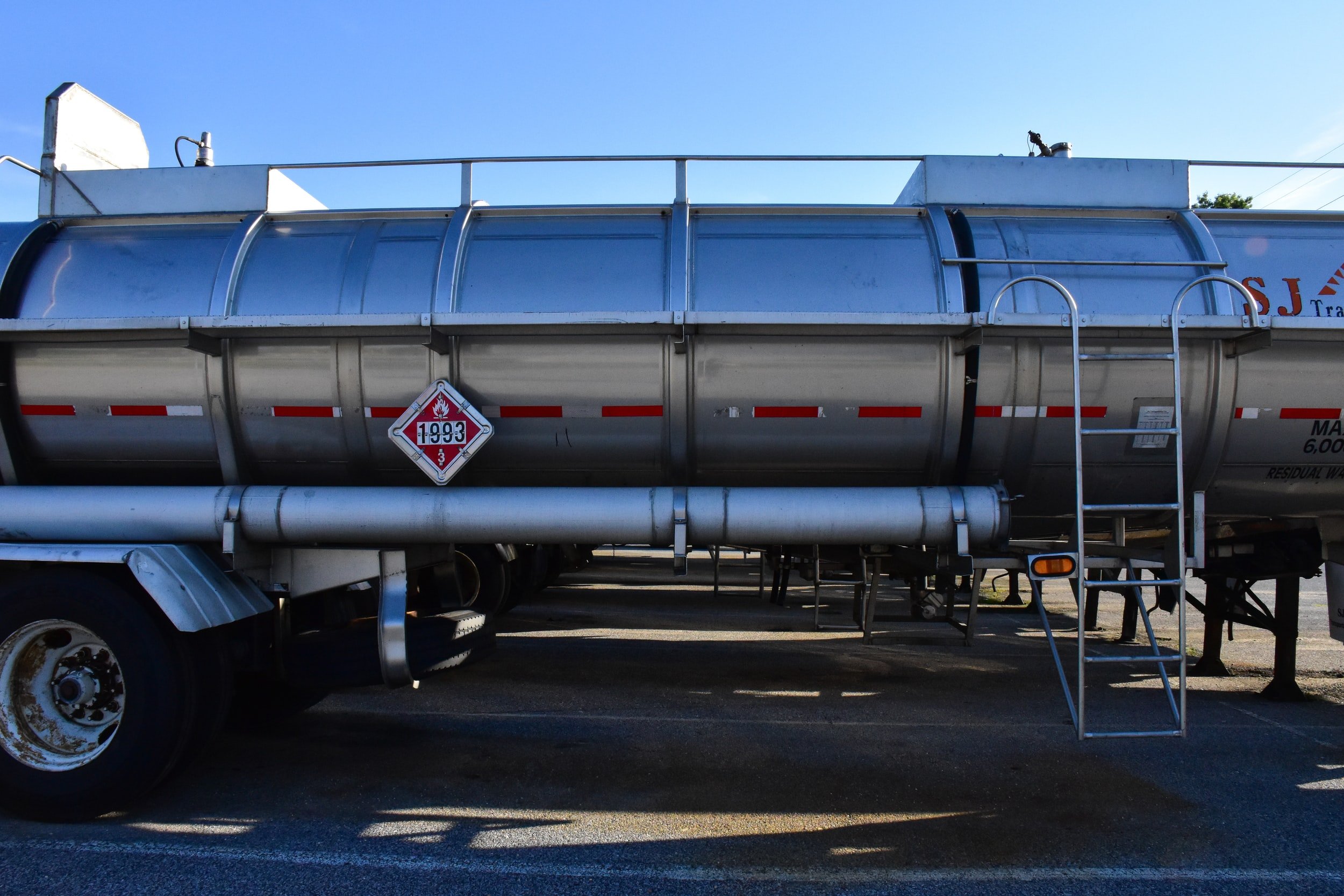How strong is your handshake?
A permit to work system is an essential element of any safety management system (SMS), particularly at a Major Hazard Facility (MHF). Poorly implemented or ineffective permit to work systems can significantly increase the risk of a major incident occurring.
A critical pitfall of major hazard performance monitoring
Performance monitoring is critical to ensure that the risk control measures relied upon by Major Hazard Facility (MHF) operators are implemented, functional and effective each and every time they are needed. Poorly implemented, ineffective or non-functional risk control measures can significantly increase the risk of a major incident.
High or low risk that is the question…
How does our perception affect our ability to assess risk? This article takes a closer look at risk assessment and how individual and team perceptions and experiences influences our assessment of risk in the workplace.
The Dangerous Goods Continuum
This article seeks to effectively demonstrate how the regulation of dangerous goods exists on a risk-based continuum.
As the volume of a particular dangerous good is increased and a series of thresholds are passed, the regulatory obligations increase on the person who is storing the dangerous goods (referred to as an “occupier”). These thresholds are contained in Schedule 2 of the storage and handling regulations and Schedule 14 of the major hazard regulations.
It’s not Dangerous Goods it’s Waste!
This article discusses the intersection between dangerous goods and industrial waste. Just because its a waste doesn’t mean it may not still be considered a dangerous good.
The problem with Paraquat
Australian primary producers are increasingly turning to paraquat, a change in end-user behaviour which highlights an emerging safety and regulatory risk.
Paraquat is very toxic to humans, particularly through inhalation and ingestion and under the Australian Dangerous Code (the ADG Code), Paraquat is a dangerous good (Class 6.1, Toxic).
A workplace Safety Inspector visits what now?
Workplace Safety Inspectors will typically visit a workplace in response to an incident, complaint or as part of a strategic project to influence an industry, sector or particular hazard. This article discusses what powers Inspectors have when visiting your workplace.
No one plans to have an emergency!
Whilst no one plans to have an emergency, everyone needs an emergency plan. All workplaces need an effective emergency plan which addresses the types of incidents that could arise at their premises. If you’re storing or handling dangerous goods you may have a legal obligation to prepare an emergency plan.
Root cause - method or myth?
How often have you heard we found the root cause of the incident and have fixed it! But is there ever only one root cause and should we only comprehensively investigate incidents where there is serious harm? This article discusses some common issues with incident investigations and provides tips for your next workplace incident investigation.
What are Dangerous Goods?
Dangerous goods exist in almost every workplace and can cause explosions or fires, serious injury, death and large-scale damage. This article discusses how some businesses (“occupiers”), who store and handle dangerous goods above certain quantities, may have additional obligations under the dangerous goods laws.










